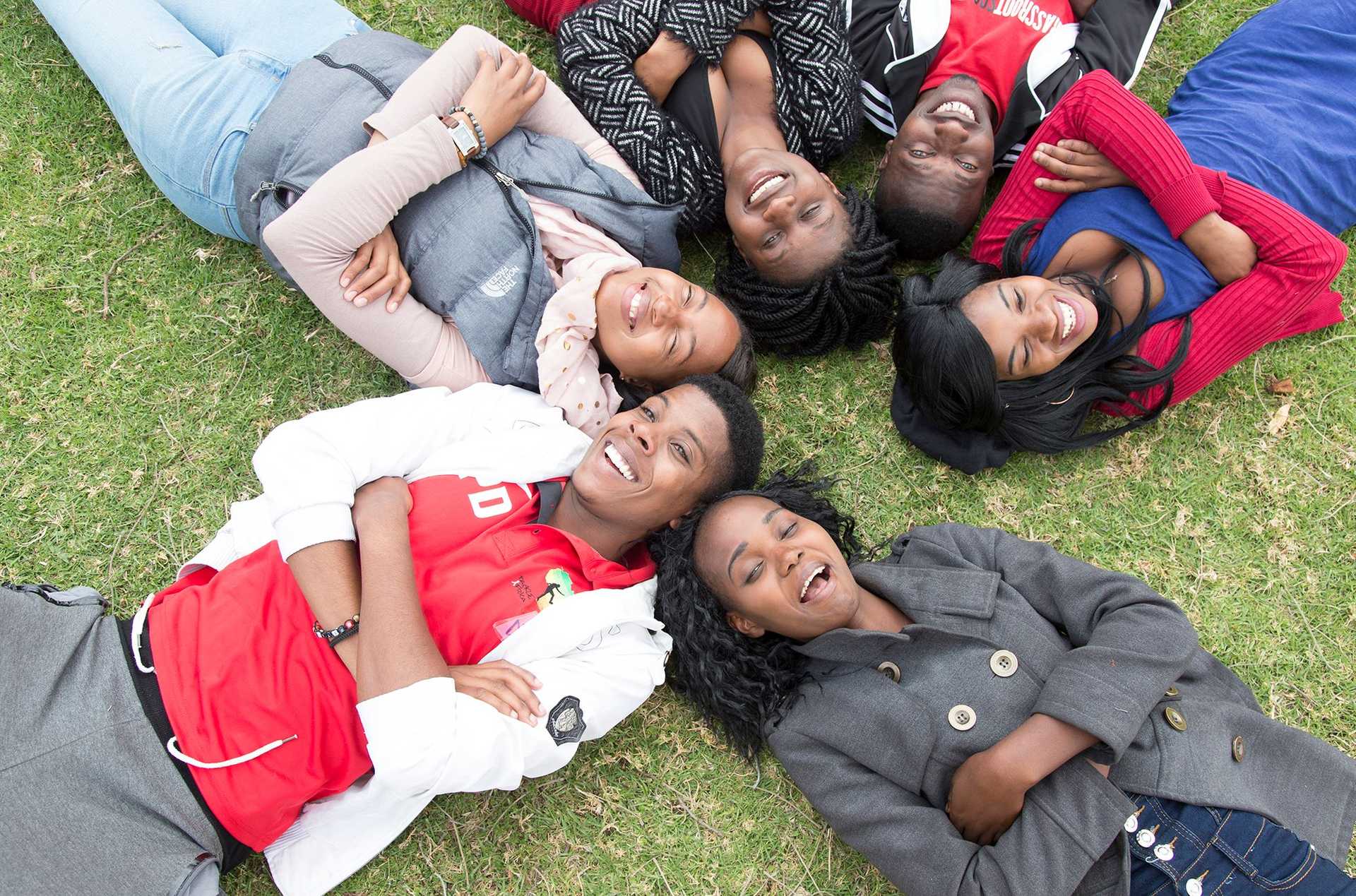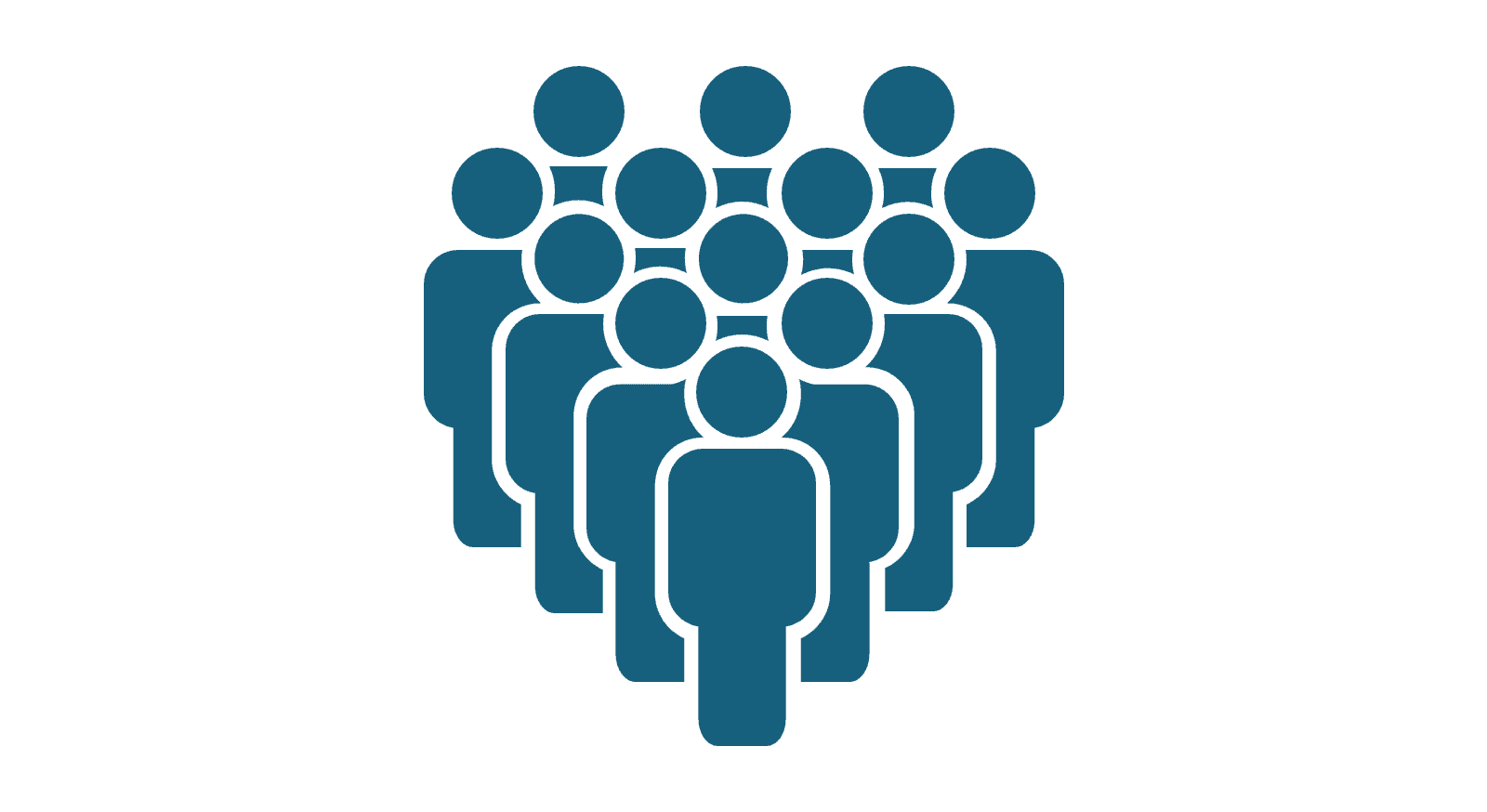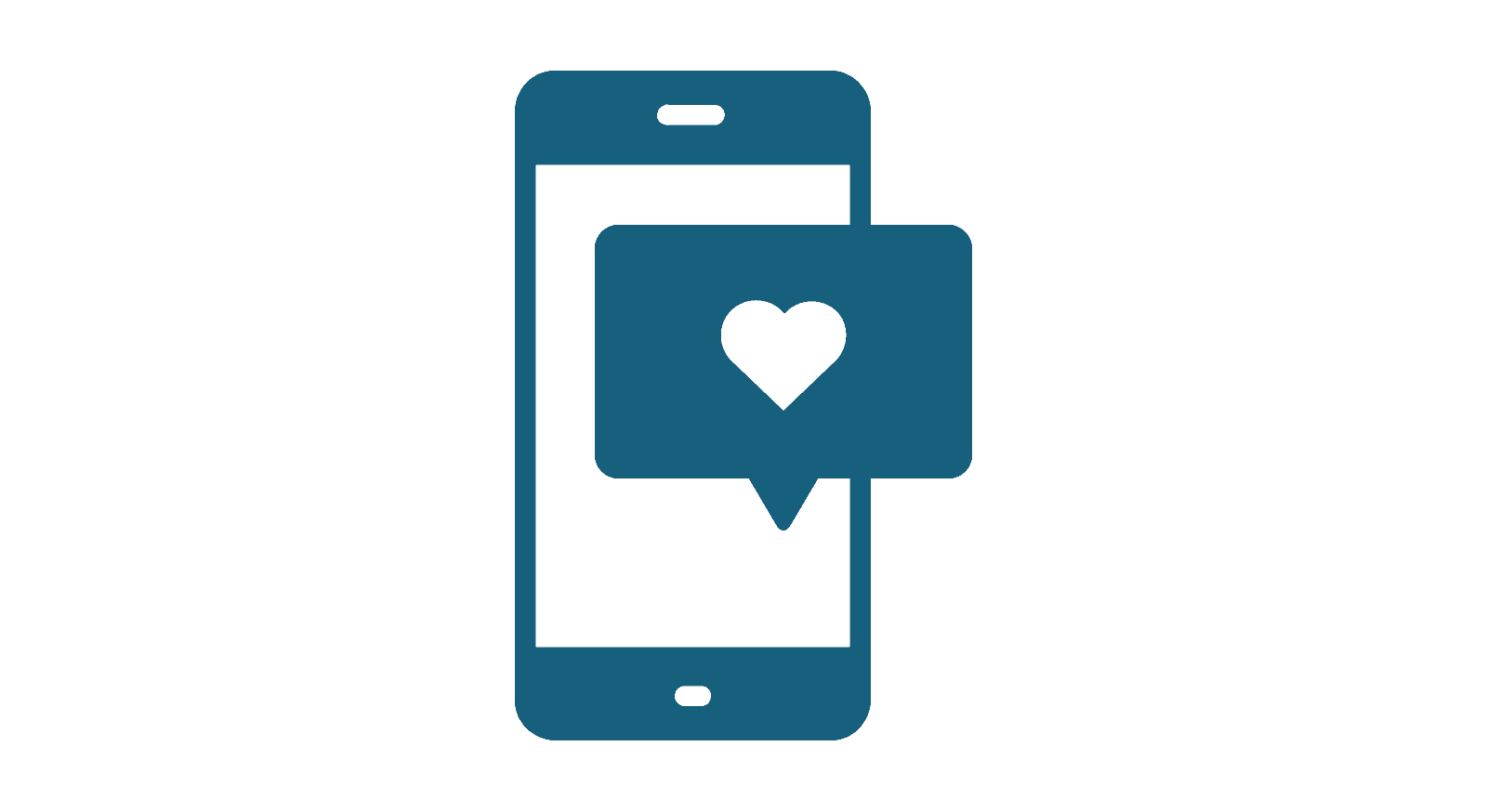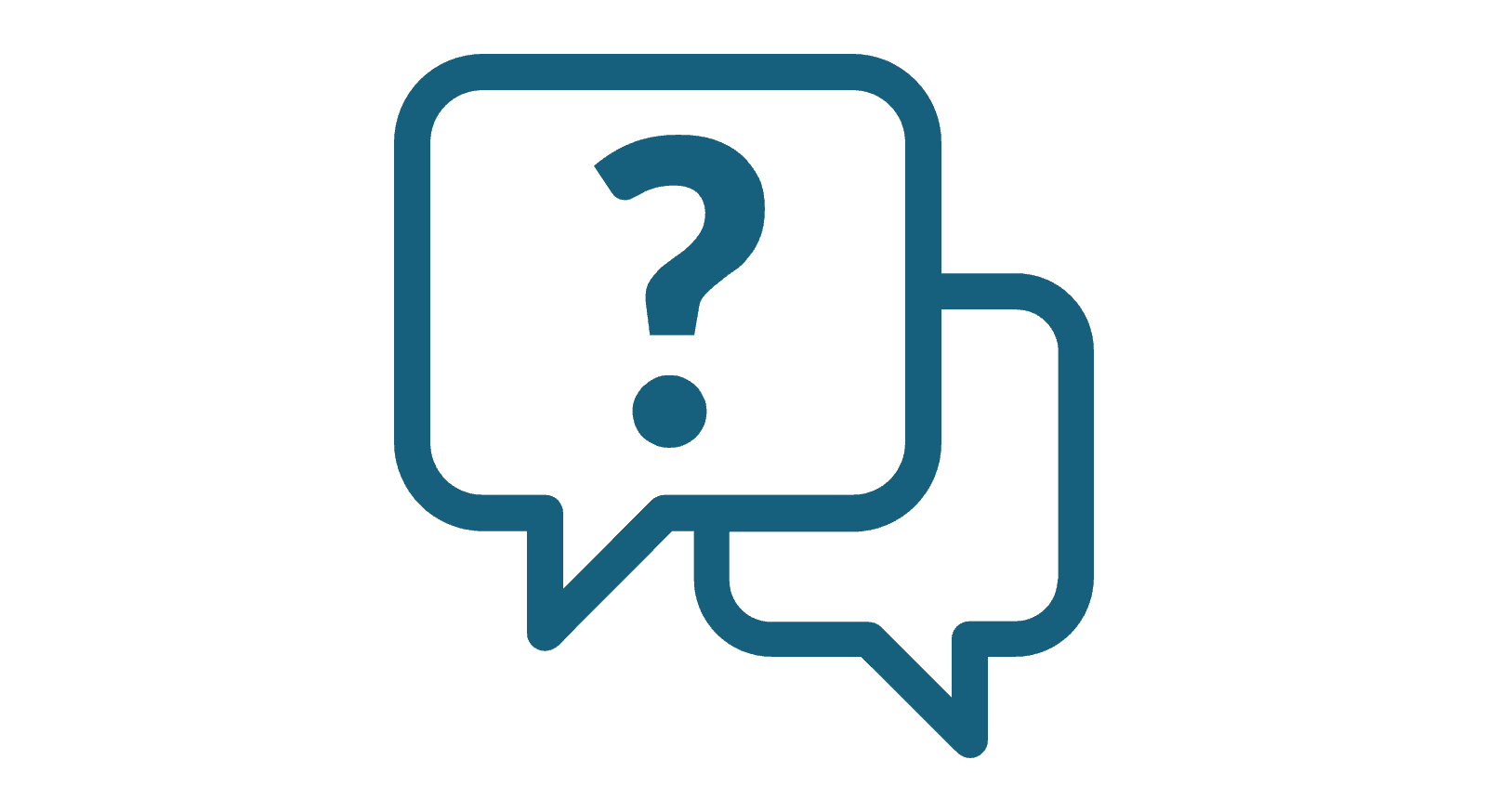Social media
Using social media to create conversations, understand audience interests, and support co-creation
Using social media to create conversations, understand audience interests, and support co-creation
Our understanding of social media extends far beyond brand communications. We use social media throughout our digital projects in a number of different ways:
We actively moderate all our social media channels to ensure our pages and campaigns remain safe spaces for the vital peer discussions and interactions that help support informed choices on sexual health.
Sexual health and HIV awareness are crucial topics that need accurate and accessible information. Your post serves as a valuable resource for getting the facts straight and promoting awareness.
As the amount of people and time spent on social media continues to grow, so does the importance of being present and relevant on these platforms. We meet our audiences where they already are, fitting in with their existing behaviour and lifestyles.
Social media gives us the opportunity to reach and engage people who may not be actively looking for information on HIV and sexual health but are in great need of the information and may not realise they are at risk.
It enables us to understand our audiences better and so provide each different audience group with more of the information they want in the way they need it.
We continually analyse the reach and engagement with our audiences on social media. In 2022-23 we reached over 23 million Facebook and Instagram users across sub-Saharan Africa with information to support their knowledge, skills and confidence.
Be in the KNOW
Our Be in the KNOW social media channels provide safe spaces for young people, and those supporting young people, to learn and engage on sexual health, further developing the reach and engagement of the Be in the KNOW brand. We share accurate, trusted and positive information and resources on HIV and sexual health, encouraging conversations, addressing stigma, and providing opportunities for our followers to ask questions and share their experiences.
Young Africa Live
Our work on Young Africa Live combined Meta’s platforms – Facebook, Instagram and WhatsApp – to support young people’s sexual and mental health. We led on social media marketing to drive awareness and engagement with the WhatsApp chatbot and to promote and moderate discussions on Facebook and Instagram.
Boost
Our Boost Facebook group gives community health workers a space to learn and support one another. The group accompanies our digital job-aide Boost and provides a forum for community health workers and peer educators across different regions to provide feedback, ask questions, start conversations and join discussions.
Young Voices
As part of our Young Voices Africa project, which engaged young people in Southern Africa through character-led animations on sex and relationships, we undertook coding of thousands of their comments from social media campaigns. This helped us to understand how young people were engaging, and further improve our communications work with this group. We found 59% of people participating in online discussions showed deeper engagement with the issues covered in the animations – expressing that they had gained knowledge; changed their perspective; or related the issue back to their own experience.
Photo credit: Masimba Sasa. Photos are used for illustrative purposes. They do not imply health status or behaviour.



